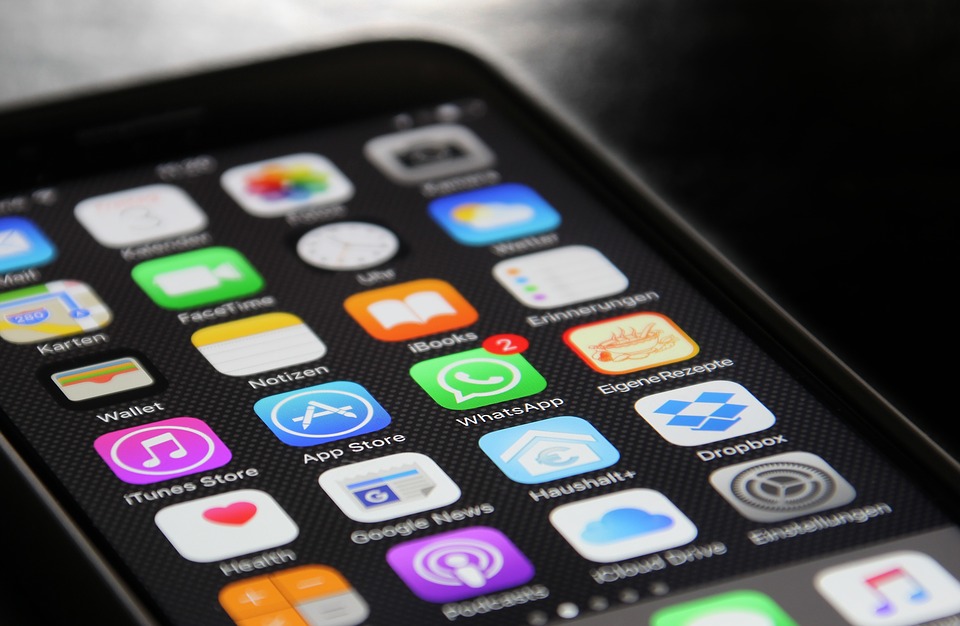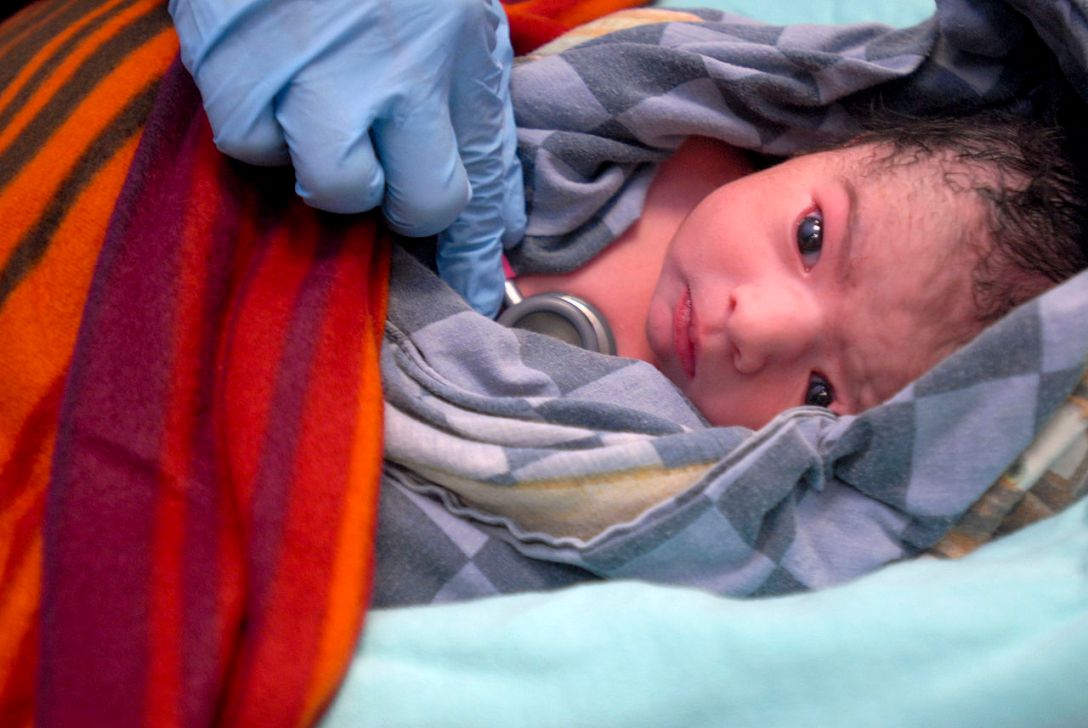New calculator improves diagnosis of diabetes
Lynam A & al. BMJ Open 26 Sep 2019
curated by Pavankumar Kamat UK Medical News 30 Sep 2019
Scientists have developed a new calculator tool to help clinicians determine whether a patient has type 1 or type 2 diabetes, ensuring appropriate treatment and fewer complications. The beta version of the calculator is available here.
https://www.diabetesgenes.org/t1dt2d-prediction-model/
Determining the type of diabetes remains a challenge for clinicians, and current blood and genetic tests are not robust enough to provide a definitive diagnosis. The tool utilises a model that incorporates patient data (age of diagnosis and body mass index) and blood test results to provide a personalised approach.
It is useful in determining the likelihood of type 1 diabetes in patients, thereby reducing misdiagnosis.
Researchers at the Universities of Exeter, Oxford and Dundee analysed data on 1352 individuals with diabetes and tested the calculator in an additional 582 individuals.
The new tool follows the footsteps of another calculator previously developed at the University of Exeter which helps clinicians determine the presence of diabetes sub-type MODY. The tool has been successfully used by more than 100,000 people.
Dr Angus Jones, the lead researcher, said: “The right diagnosis in diabetes is absolutely crucial to getting the best outcomes for patients, as treatment is very different in different types of diabetes. Our new calculator can help clinicians by combining different features to give them the probability a person will have type 1 diabetes, and assess whether additional tests are likely to be helpful.”
References
Lynam A, McDonald T, Hill A, Dennis J, Oram R, Pearson E, Weedon M, Hattersley A, Owen K, Shields B, Jones A. Development and validation of multivariable clinical diagnostic models to identify type 1 diabetes requiring rapid insulin therapy in adults aged 18-50 years. BMJ Open. 2019;9(9):e031586. doi: 10.1136/bmjopen-2019-031586. PMID: 31558459










